"Miracle Emma" in battle
“Motor Batteries” in the battles of the First World War
On the effectiveness of 305-mm mortars Skoda shows the combat path of the "motorbatars" of the Austro-Hungarian imperial army.
By the beginning of the war, "motor batteries" were part of: 1-th emperor Franz Joseph, 2-th and 3-th serf artillery regiments, as well as 5-th and 8-th individual artillery battalions. Actions provided by the efforts of aeronautic companies.
Against the strongholds of Belgium. Baptism of fire
The Germans during the Belgian campaign were forced to resort to the help of their Austrian ally - using units of 305-mm mortars. Yes, the Austrian "Skoda" had a smaller caliber than the German "Bertha", but were far more mobile. And time during the implementation of the Schlieffen plan was a major factor.
It was during the Belgian campaign that the Austrian guns were smaller than the Berts and were baptized as the “Miracle Emma”.
Mortars were used during the siege of two fortresses - Namur and Antwerp. Under Namur, the Škods were working on the Meiseret fort - which surrendered the day after the discovery of fire, 22 August 1914 Antwerp, which already had 18 forts, was a stronger opponent.
The 3 th Germans' reserve corps, in addition to German artillery (4 420-mm, 48 210-mm and 72 150-mm guns), was supported by 2 “motor batteries” - that is, the Austrian “Skoda” was the same as the “Big Batteries” . It was the super-heavy artillery that leveled the power of the allies' defense, which in a different situation could hold on for more than a year. The Austrians worked on the Waelhelm fort - and it was the fall of this 2 fort on October 1914 that became the Antwerp defense crisis. The “motor batteries” smashed and another 3 of other fort, making a total of 2130 shots.
At the gates of Krakow
The “motor batteries” met with the Russian troops during the Krakow operation in November 1914. The fall of Krakow meant a complete catastrophe of the Galician front of Austria-Hungary.
The Russian troops failed (unlike Peremyshl) to blockade Krakow - and the operation ended unsuccessfully (we will tell about it in one of the series of articles in the near future). 6 December 1914 Mobile Skoda played a role during a counterstrike on the Russian troops, who were preparing for an assault. The Limanovsky counter-strike of the Austrians was successful, and mobile heavy artillery played a significant role in this, constantly changing positions and adapted to actions in mountain conditions.
In the Przemysl trap
The 4 305-mm guns (2 batteries) immediately fell into the “trap” - which was a luxury even for such a large fortress like Przemysl. They proved themselves during the first siege by the Russians of Przemysl - in September 1914. One of the batteries led a counter-battery fight with Russian gunners (the fire was corrected from a balloon) - prompting the respect of the latter. The lack of their heavy artillery led to serious losses for the Russian troops and the lifting of the siege.
Then 305-graphs began to experience serious problems with ammunition, and were applied dosed and carefully. The second siege ended in the fall of Przemysl in March 1915, and the mortars were put out of action so as not to fall into the hands of the Russians.
On Fire 1915 of the Year
In January, 1915 in the Carpathians a counter battle broke out, battles were fought against Lupkov, Smolnik and Koziówka. But the help of Przemyshl from the Austro-Germans never came. In spring and summer, the battle in Galicia and on the river. Isonzo, and in the fall - in the Balkans.
On the Russian front, 305-mm howitzers were used both in the course of the mountain war in the Carpathians (for example, in the Stanislav section) and in spring and summer in the course of a maneuver war. Airplanes were increasingly used to correct the fire. The Russians waged an active and effective counter-battery struggle.
In February, 1915 4 Skoda participated in an artillery assault on the Osovets Fortress. The enemy noted the accuracy of the fire of the Russian artillerymen - who not only hit the German 2-mm 420 guns, but also covered the position of the 305-mm guns. And the latter were forced to withdraw from the position. The artillery assault was disrupted, the vital strongholds of the Russian fortress survived - and the attack of the German infantry was repelled. And in the battles near Osovets 305-graph paper no longer participated.
The Austrian Berts took an active part in the Gorlitsk operation. Thus, the 12-inches supported the actions of the 14 corps (Tarnov-Tukhov), as well as the 35 division of the Beskyd corps and the 9 corps. But the most powerful "Skoda" was reinforced by the German 11-I army - causing the main blow. The 11-th battery was transferred to the 39-th driven infantry division of the Austrian 6-th army corps of the 11-th army. Together with the German 10 Army Corps, the 6 Corps was the flagship of the offensive. The 13-i battery 12-inch reinforced 12-th infantry division of the 6-corps.
The 10 battery Škod reinforced the 92 rifle brigade, the 7 battery ñ the 32 artillery brigade of the 2 army, etc. We see that the field troops were saturated with heavy artillery very tightly. The gigantic number of artillery (700 trunks on the main strike), to the largest caliber inclusive, was an important trump card of the Austro-German command in the Gorlitsk operation.
The 2 battery was transferred to the 25 Infantry Division of the 2 Corps of the 1 Army - it was to act on the river. Nida
But the resistance of the defenders initially did not allow to achieve a little tangible result - even the 6-case, despite the support of its actions 4-me 12-inch batteries. Promotion - 2-4 km. True, the Austrians very significantly helped the Germans attacking Gorlitsa, especially the 41-th reserve corps near the Kamenets forest. The Honored and Prussian Guards jointly acted at Windbreaker. The German 10 Corps attacked at Staszówka. And 12-inches actively supported the attackers.
The “Skoda” of the compounds that carried out auxiliary actions, in particular on Nida, were also active. An Austrian officer recalled how Russian 7-inch howitzers covered firing positions "Skoda". The 12-inch fire was awesome — uplifting huge fountains of earth. The officer recalled the defeated position of the Russian battery - after they managed to take the positions left by the Russians. During the fire duel with the Russian 3 days later, one mortar was destroyed along with its calculation.
Participated "Skoda" in the reconquest of Przemysl.
In August, the 1915 4 batteries Škod participated in the siege of the Novogeorgievsk fortress, supporting the Austro-German troops: 11-I, 12-I, 15-I and 16-I batteries.
Participated in other operations.
In the Alps and on the Isonzo
The Italian front had the peculiarity that there was no phase of maneuverable war on it — and hostilities immediately took on positional forms, which were further complicated by the specifics of the high-altitude theater. And heavy artillery (especially howitzer) was needed more than ever.
Delivery of ammunition, repair of the material part and difficulties in terms of camouflage and when moving guns - these are the main problems of the front artillerymen.
The armored towers of the Italian forts became the most important target for the Skoda. Forts Verena, Campolongo and Campomolon became a splinter for the Austrian fortified points of Werle, Weesen and Lucerne. By keeping shells hit up to 220-mm caliber inclusive, they became a clear problem.
And all 3 fort in June 1915 were destroyed by 12-inches.
The ending should ...
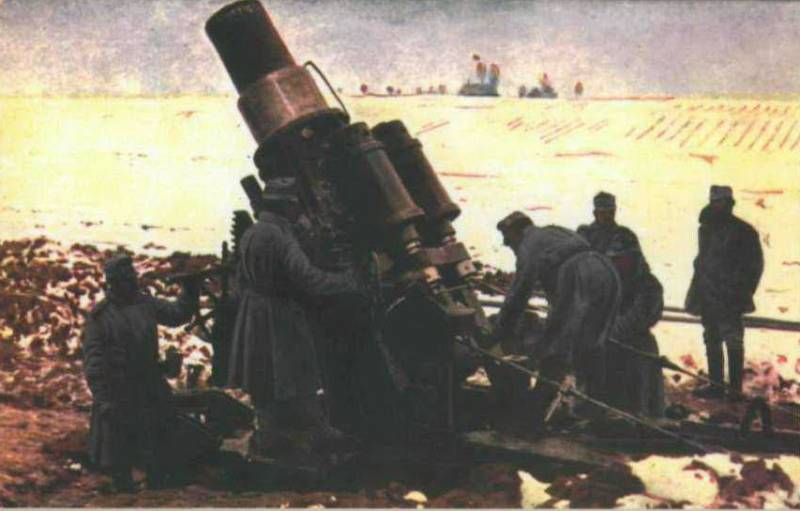
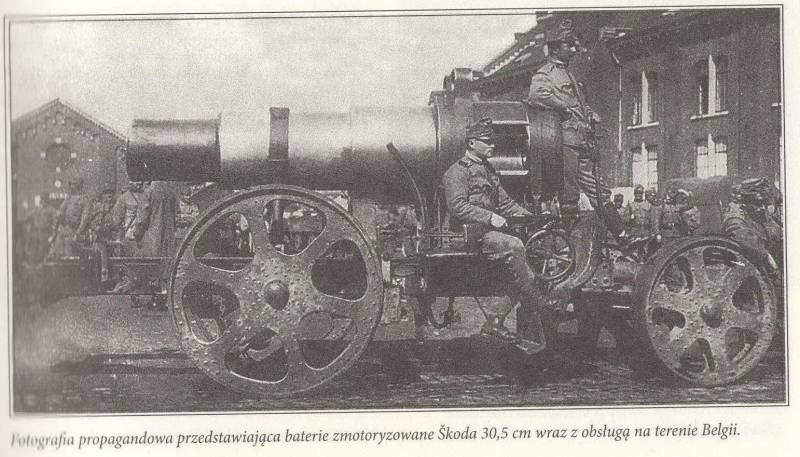
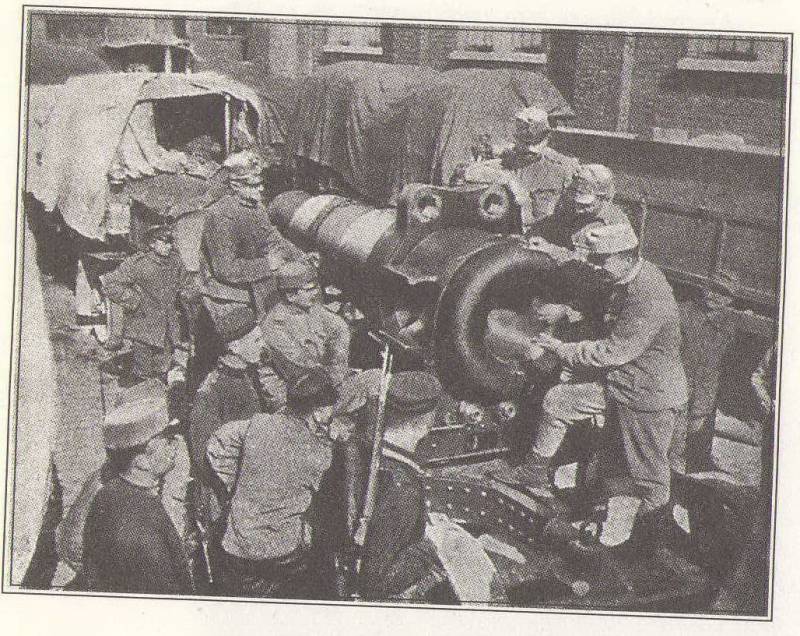

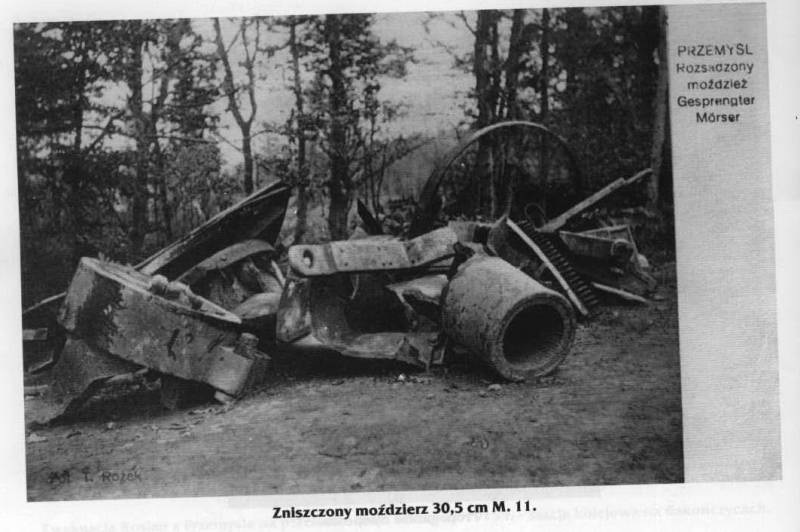
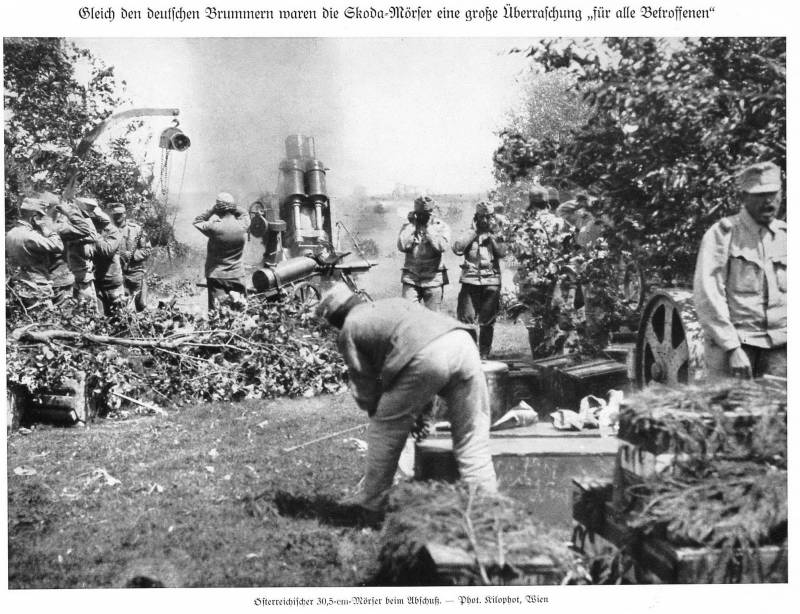
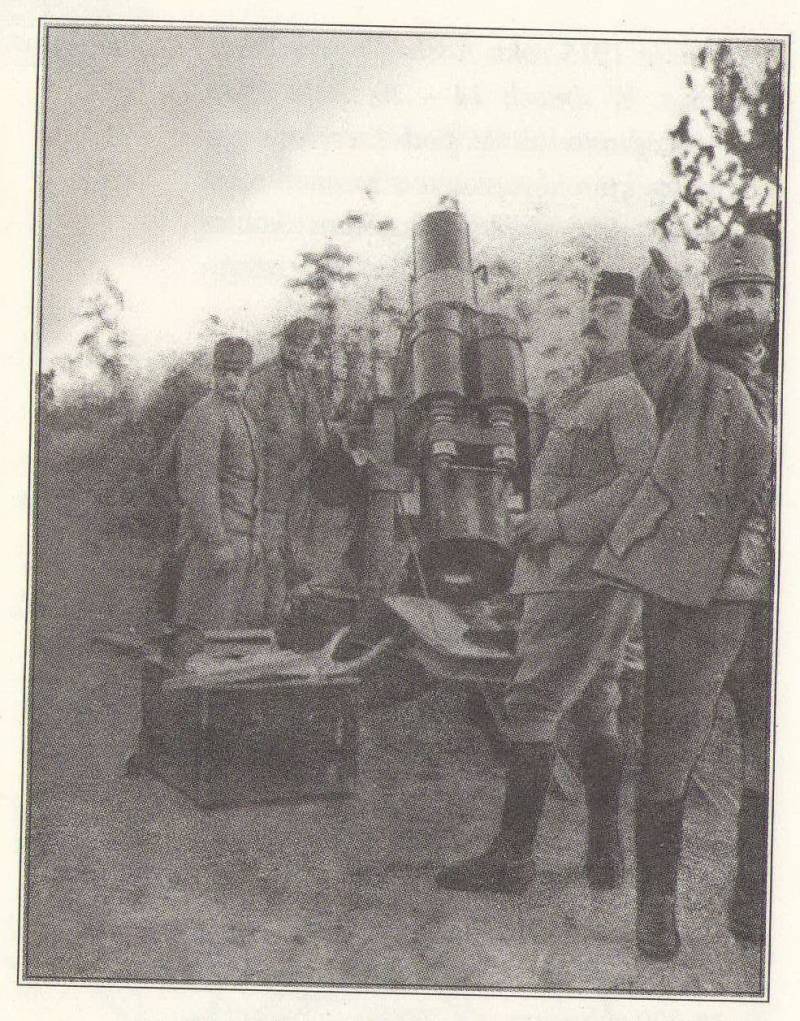
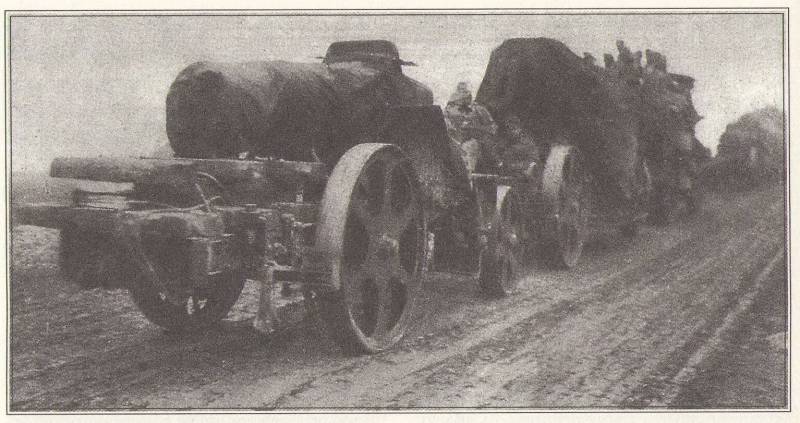
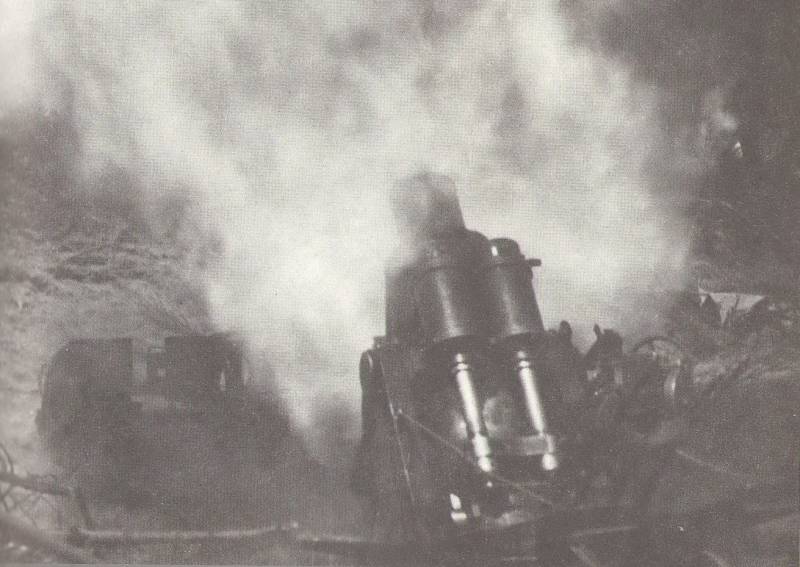
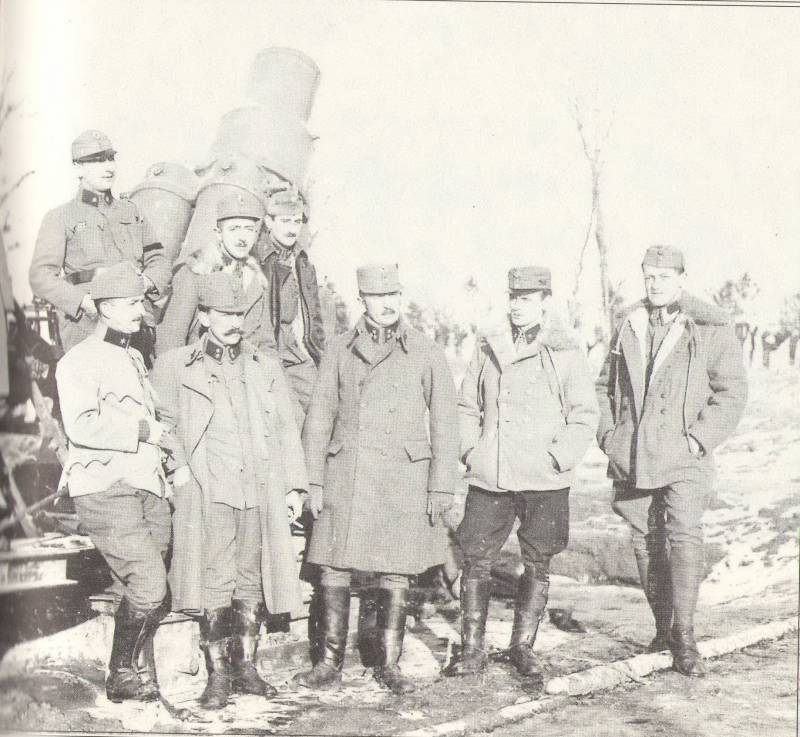
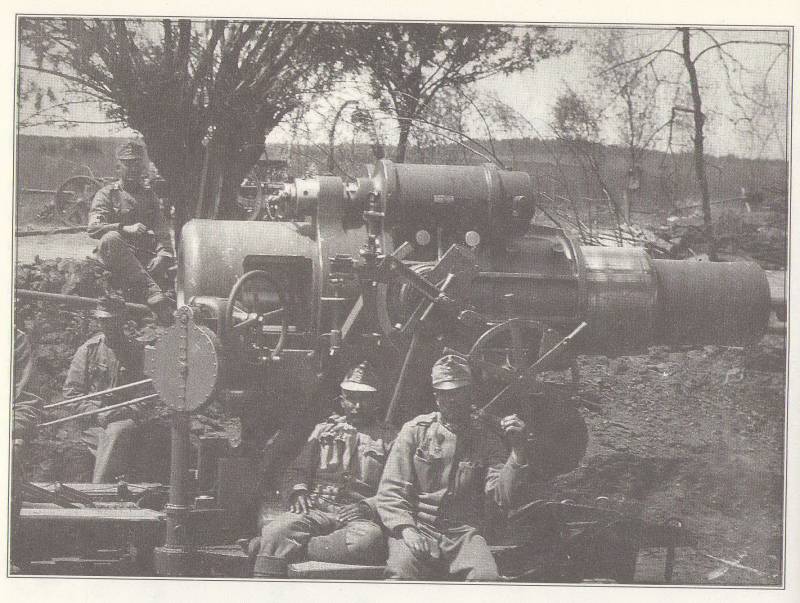

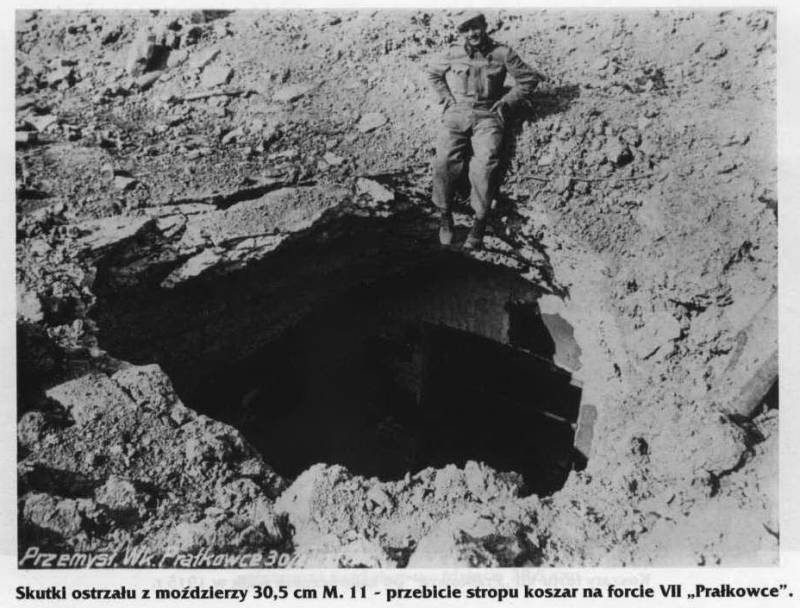
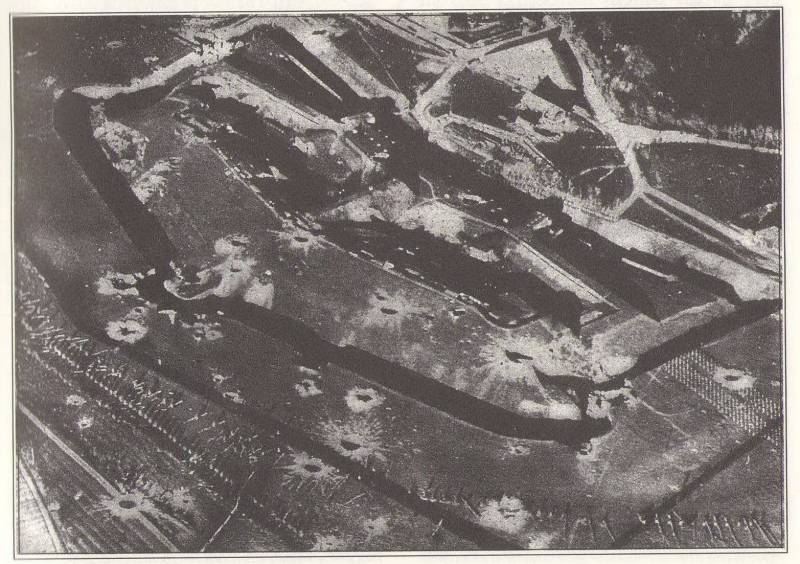
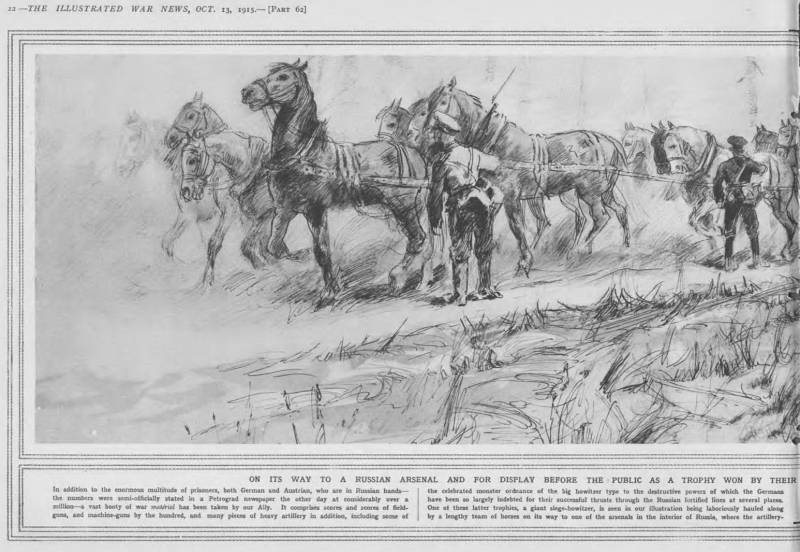
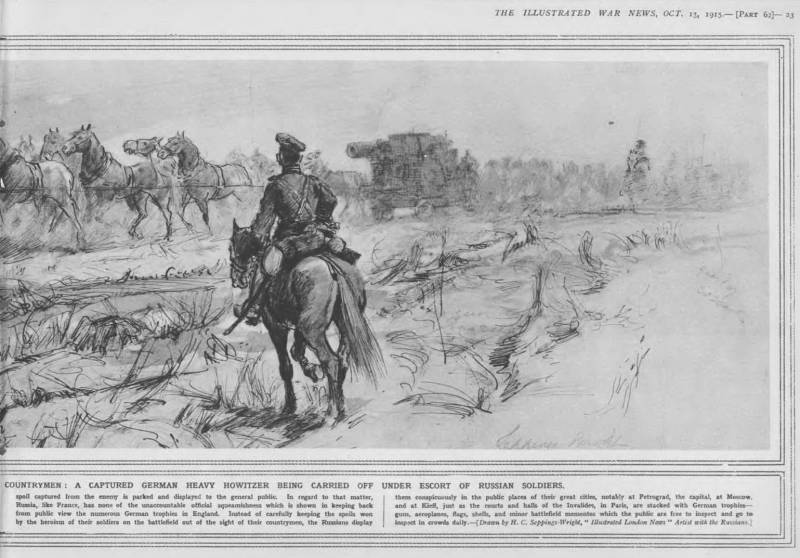
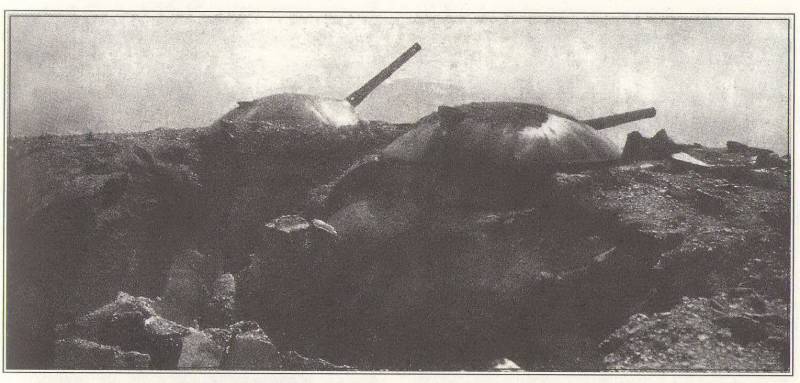
Information